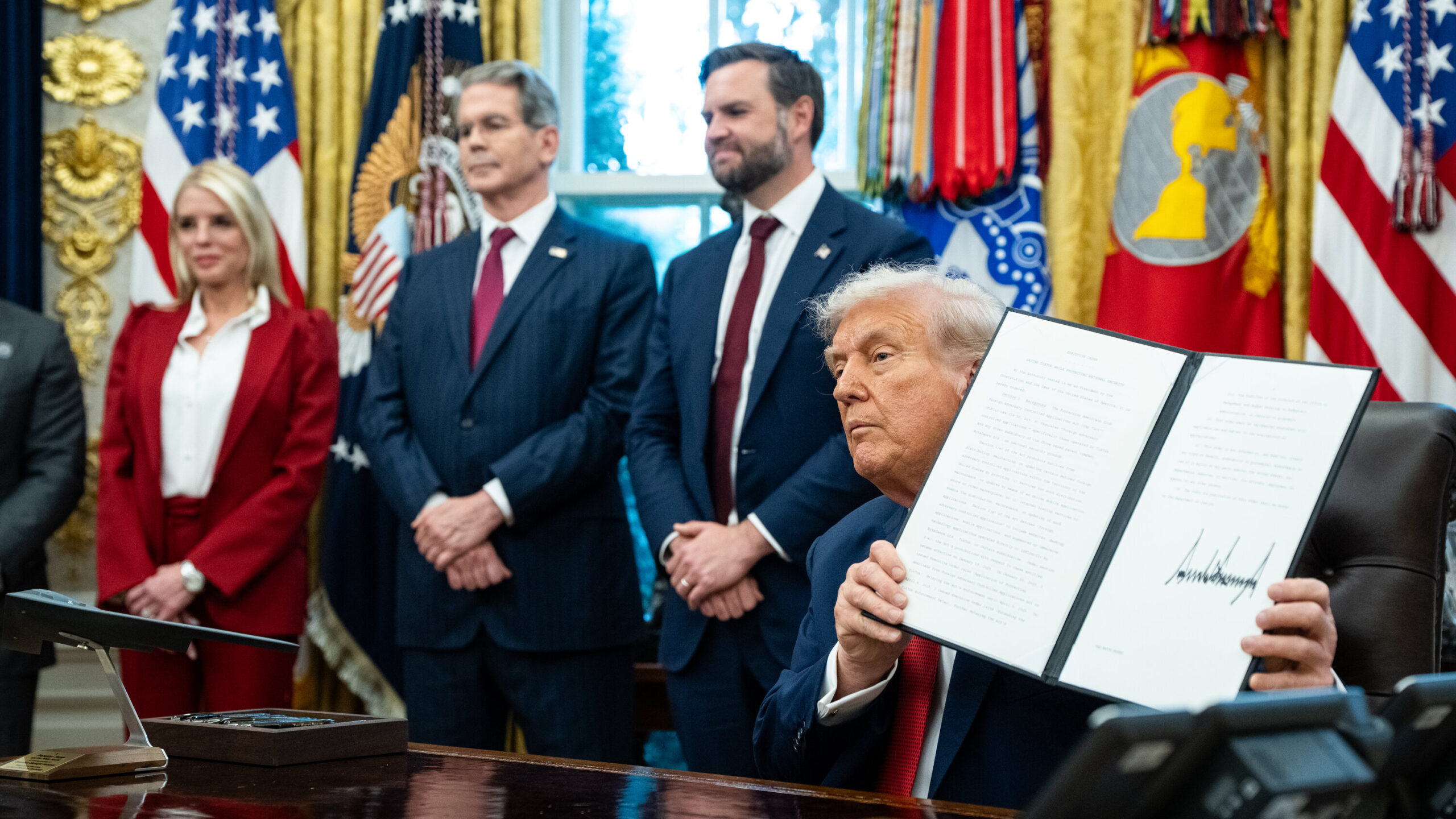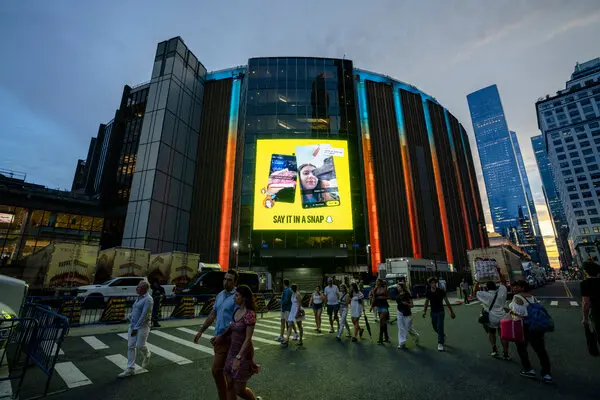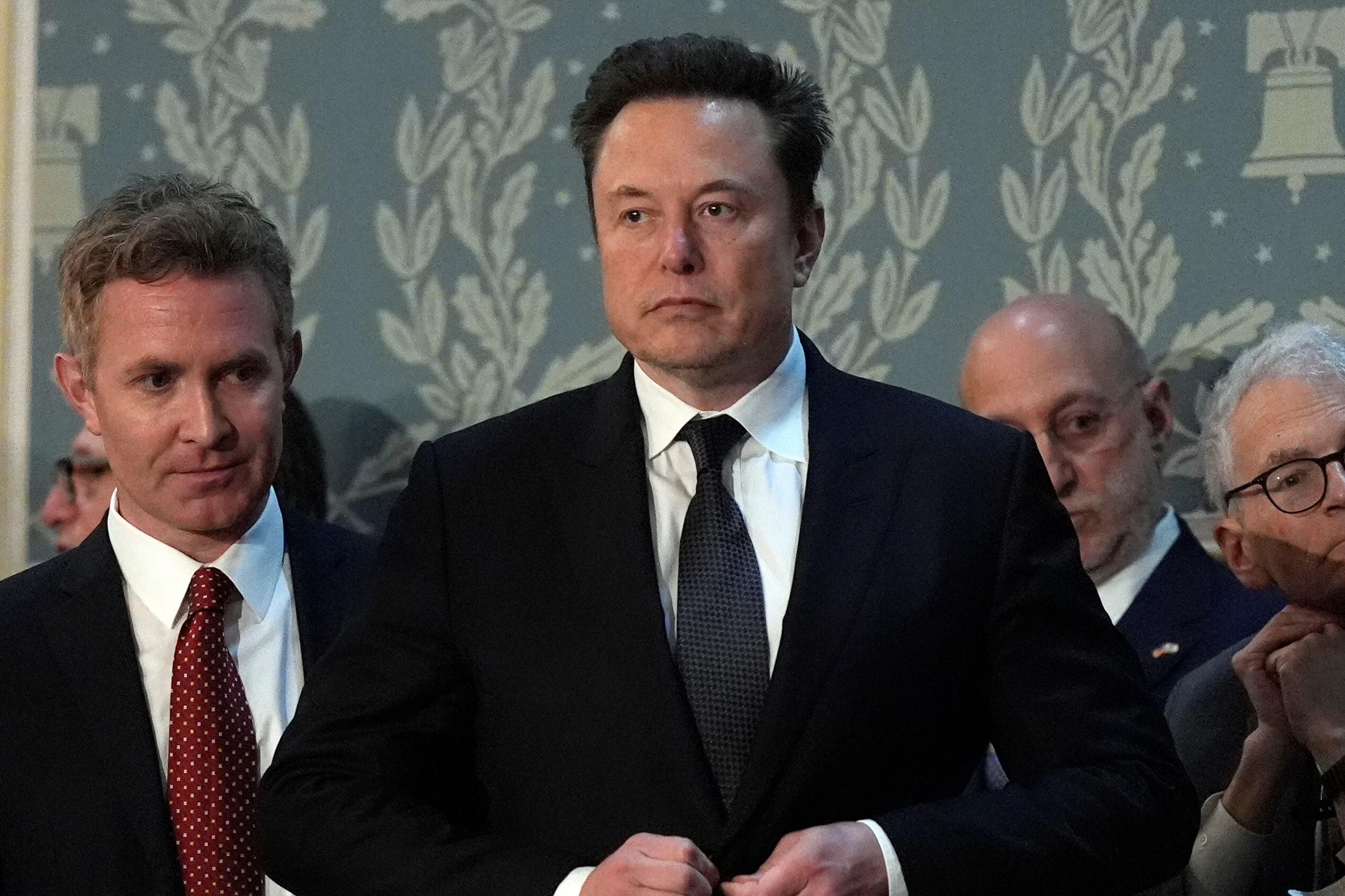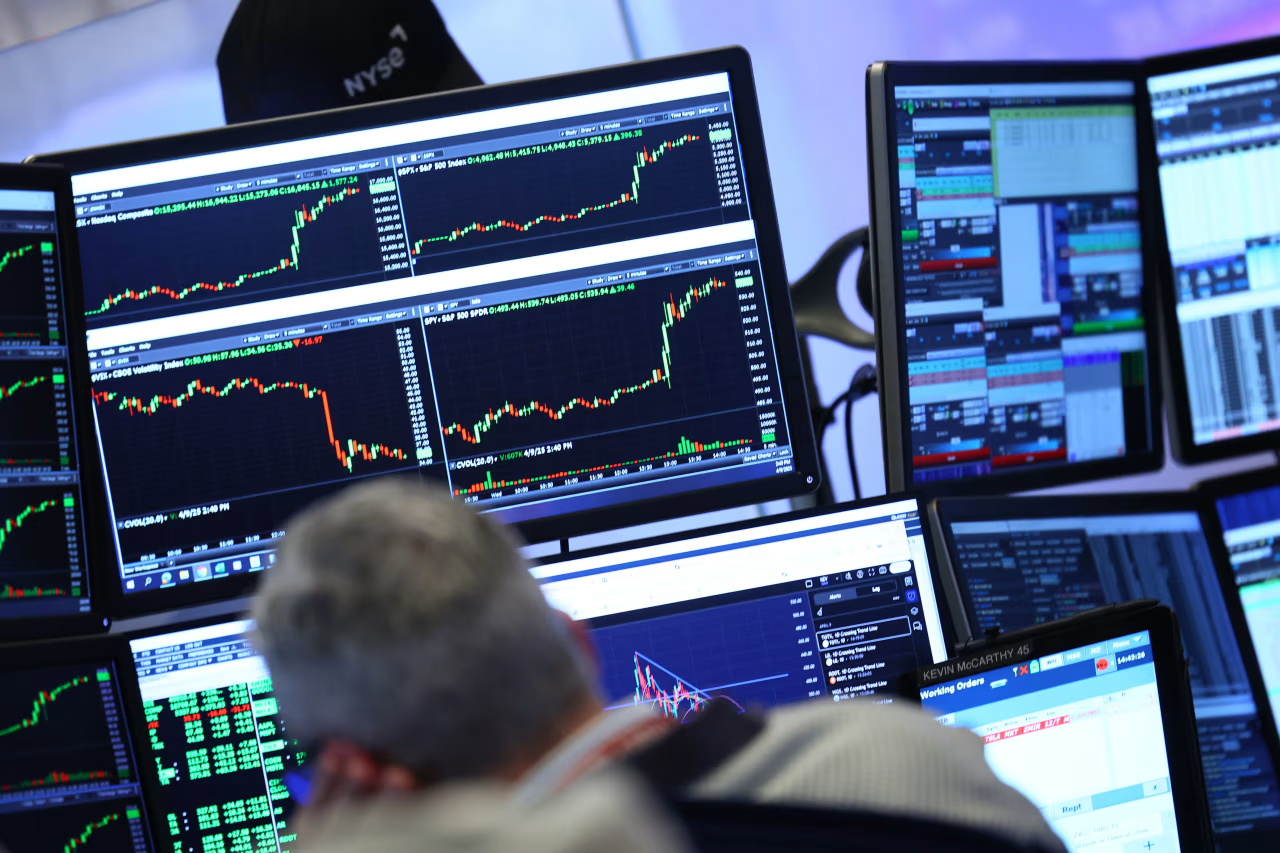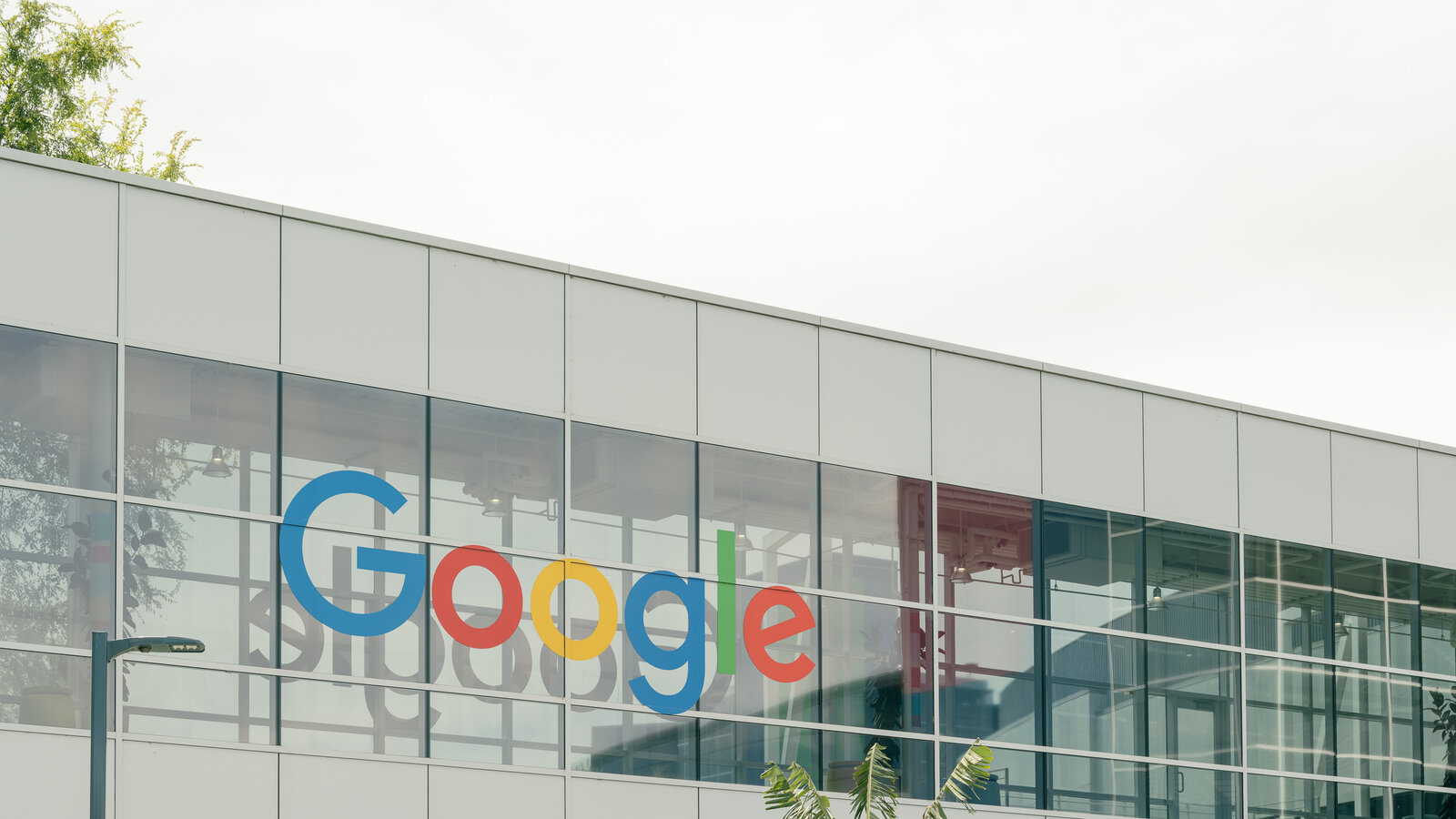Imagine scrolling through your For You Page late at night, laughing at a viral dance challenge or learning a quick recipe hack, only to wonder if the app behind it all is feeding data to a foreign government. That’s the unease millions of TikTok users felt as a potential ban loomed. But on September 25, 2025, President Donald Trump signed an executive order that could change everything, paving the way for an American-owned version of the app valued at a surprising $14 billion. It’s a twist in a years-long drama that blends national security fears, big-money investors, and the fate of 170 million American users.
This move isn’t just policy wonkery—it’s a lifeline for creators who’ve built empires on short videos and a potential boon for U.S. tech dominance. As someone who’s watched social media evolve from clunky forums to addictive feeds, I remember the early days of Vine; TikTok took that spark and ignited a cultural firestorm. Now, with Trump flipping the script on his own past threats to ban it, let’s dive into what this means.
The TikTok Saga: From Ban Threat to American Hands
TikTok burst onto the scene as a fun, algorithm-driven escape, but U.S. lawmakers saw shadows of espionage lurking in its Chinese parent company, ByteDance. A 2024 law forced a sale or ban by January 2025, citing risks of data harvesting and propaganda. Trump, who once pushed for a ban during his first term, has now orchestrated a deal to “save” the app while addressing those very concerns.
The journey started with executive actions in 2020, paused by courts, and escalated under Biden before Trump’s return. It’s like a soap opera where the villain becomes the hero—Trump claims credit for keeping the platform alive without compromising security. This reversal highlights shifting geopolitics and economic stakes, turning a potential shutdown into a structured handover.
Understanding Trump’s Executive Order
The order delays ban enforcement for 120 days, giving time to finalize the divestiture and comply with the Protecting Americans from Foreign Adversary Controlled Applications Act. It declares the proposed structure meets national security requirements, emphasizing U.S. control over operations.
At its core, the deal spins off TikTok’s U.S. arm into a new joint venture, licensing ByteDance’s famed algorithm while retraining it on American data. Trump touted it as “American-operated all the way,” a nod to users craving continuity amid uncertainty. Yet, details like final approvals from China remain hazy, adding tension to the timeline.
Key Provisions of the Order
Provisions include majority U.S. ownership, with ByteDance capped at under 20% stake, and a board stacked with security experts. Oracle steps in for data storage and monitoring, ensuring sensitive info stays in U.S. clouds—think of it as building a digital fortress around your scrolls.
This setup promises intense oversight of updates and feeds, but critics question if licensing truly severs Chinese ties. It’s a pragmatic patch, but one that could evolve with legal challenges or tech tweaks.
Breaking Down the $14 Billion Valuation
Vice President JD Vance pegged the U.S. TikTok business at $14 billion, a figure that stunned analysts expecting $30-60 billion. This lowball implies a price-to-sales ratio of about 1.4x, akin to sleepy giants like Exxon, not a buzzy social phenom rivaling Instagram.
Why so cheap? Pressures from the ban forced a fire sale, undervaluing an asset generating billions in ad revenue. For buyers, it’s a bargain; for ByteDance, potentially insulting—though they retain global sway via licensing.
| Valuation Metric | TikTok US ($14B) | Comparable (e.g., Snap) | Instagram Parent (Meta) |
|---|---|---|---|
| Price-to-Sales Ratio | ~1.4x | ~1x (global) | ~10x |
| Est. US Revenue (2023) | $16B+ | Lower global | Massive scale |
| Growth Potential | High user engagement | Struggling monetization | Established ecosystem |
This table shows the anomaly: TikTok’s viral magic should command more, but geopolitical haste clipped its wings. Investors might laugh all the way to the bank if ads keep flowing.
Who Are the Potential New Owners?
The coalition reads like a who’s who of tech titans and funds, blending U.S. heavyweights with international flavor. Oracle, led by Larry Ellison—a Trump ally—handles security and cloud, eyeing a strategic foothold.
- Oracle and Silver Lake: Core players with ~45% stake, focusing on tech infrastructure.
- MGX (Emirati fund): Controversial non-U.S. involvement, raising ethics flags amid Trump deals.
- Others: Possible stakes from Rupert Murdoch (Fox), Michael Dell, and ByteDance investors like General Atlantic—diluting foreign control but sparking cronyism whispers.
This mix ensures operational savvy, but the opacity fuels speculation. Will it stay “American-operated,” or veer toward global cabals? Time—and filings—will tell.
National Security: How the Deal Aims to Protect America
The order mandates data silos in U.S.-controlled environments, with Oracle monitoring flows to block Beijing access. Algorithm retraining on domestic data aims to purge manipulative elements, a direct counter to propaganda fears.
Yet, licensing from ByteDance invites scrutiny—does it hand backdoor influence? Experts like those at the Hudson Institute call it a “head fake,” preferring full severance. Trump’s pitch: Safeguard without stifling innovation, echoing his trade war wins.
Pros and Cons of Security Measures
- Pros: U.S. board oversight, data localization, and real-time algo audits enhance privacy—vital for 170 million users.
- Cons: Reliance on licensing risks subtle influence; monitoring isn’t ownership, potentially leaving gaps for exploits.
Balancing act? Absolutely, but it beats a outright ban that could’ve nuked jobs and culture.
Implications for Users and Content Creators
For everyday scrollers, the deal means no app store purge—just seamless continuity with beefed-up privacy. Creators, who’ve turned dances into dollars (think Charli D’Amelio’s empire), face algorithm shifts that could tweak visibility. I recall a friend quitting her day job after TikTok fame; disruptions could’ve been devastating.
Economically, it’s projected to sustain $178 billion in activity over four years, fueling small businesses. But retraining might alter feeds, hitting niche creators hardest—humorously, no more endless cat videos if the algo forgets fun.
The human side? Relief mixed with wariness; users want the magic without the spy thriller plot.
Pros and Cons of the Overall Deal
This transaction isn’t without baggage—it’s a high-stakes poker game where national interests meet profit motives.
Pros:
- Averts ban, preserving access for users and economic ripple effects.
- Transfers control to U.S. entities, mitigating data risks.
- Low valuation bargains for investors, potentially spurring innovation.
Cons:
- “Shakedown” fees in the low billions smack of crony capitalism, hiking costs for all.
- Undervalues a powerhouse, shortchanging ByteDance and U.S. leverage.
- Lingering Chinese ties via licensing could undermine security claims.
It’s a win for continuity, but the ethics sting—like paying tolls on the information superhighway.
Comparisons to Past Social Media Deals
TikTok’s handover echoes Oracle’s failed 2020 bid under Trump, but with a valuation slash reflecting urgency. Unlike Meta’s organic growth or Twitter’s (now X) Musk buyout at $44B, this forced sale prioritizes security over sky-high bids.
| Deal | Valuation | Key Driver | Outcome |
|---|---|---|---|
| TikTok US (2025) | $14B | Security divestiture | Pending, U.S.-controlled |
| Twitter (2022) | $44B | Private equity shift | Rebranded X, volatile |
| TikTok Oracle Attempt (2020) | ~$50B est. | Ban avoidance | Blocked by courts/China |
These parallels show evolution: From outright blocks to structured sales, underscoring U.S. policy maturation. TikTok’s could set precedents for future app crackdowns.
People Also Ask
Drawing from common searches, here’s what folks are pondering about this seismic shift.
Why did the US want to ban TikTok?
Concerns centered on ByteDance’s ties to China, fearing data access for spying or content manipulation via the algorithm. The 2024 law aimed to force a clean break.
Who might own the app and how would it work?
A U.S. investor group led by Oracle and others takes majority control, licensing and retraining the algorithm for independent operation. ByteDance’s stake shrinks, but global ties persist.
Will TikTok continue to operate in the US under the deal?
Yes, the order delays the ban, allowing seamless use while finalizing ownership—barring hitches like Chinese veto.
What are the key questions looming over the TikTok deal?
Uncertainties include ethics probes into foreign investors, true algorithm independence, and the government’s “fee” structure.
FAQ
What is the TikTok deal under Trump?
It’s a divestiture creating a U.S.-majority-owned entity, valuing operations at $14B, to comply with security laws while keeping the app alive. For more, check the White House Fact Sheet.
Where can I learn about potential TikTok buyers?
Reports point to Oracle, Silver Lake, and figures like the Murdochs; details evolve—follow updates via Reuters coverage.
Best tools for tracking TikTok changes post-deal?
Use analytics like Social Blade or Hootsuite for creator insights; for policy, government sites or apps like Ground News for balanced views.
How does this affect TikTok’s algorithm?
It’ll be licensed, retrained on U.S. data, and monitored—potentially fresher feeds but risks initial glitches.
Is the $14B valuation fair?
Debatable—it’s low for revenue potential, but ban pressure made it a buyer’s market; analysts see it as undervalued.
This deal’s a bold bet on American ingenuity reclaiming a global hit. Whether it fosters trust or fresh controversies, one thing’s clear: TikTok’s story is far from over. Stay tuned—your next viral moment might just be safer. (Word count: 2,748)
